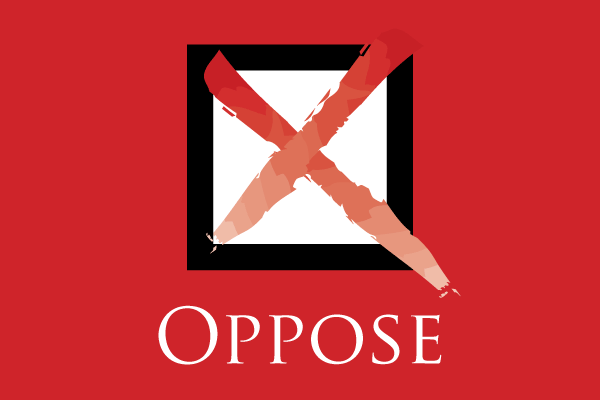 The California Chamber of Commerce and a broad coalition of organizations are urging legislators to reject an onerous emissions tracking and paperwork requirement that will increase costs on California businesses and consumers, as well as hand market advantage to out-of-state and foreign companies.
The California Chamber of Commerce and a broad coalition of organizations are urging legislators to reject an onerous emissions tracking and paperwork requirement that will increase costs on California businesses and consumers, as well as hand market advantage to out-of-state and foreign companies.
CalChamber-opposed SB 253 (Wiener D-San Francisco) imposes mandatory climate emissions tracking and auditing that will fall heavily on California businesses, affecting competitiveness and increasing costs.
The Assembly Appropriations Committee is expected to act on SB 253 today when it considers bills it put on the Suspense File earlier this month.
Does Not Reduce Emissions
To be clear: This bill will not reduce emissions. It is a costly reporting requirement that does not help the state meet its climate goals.
How costly? As the CalChamber pointed out in an opposition letter sent to legislators, initial estimates show that each company will have to pay more than $600,000 per report, annually. Beyond that, each company could pay three times to file the same report.
“Ultimately, these are costs that will end up being passed on to the consumer and will lead to lost revenue for the State,” the CalChamber said.
Impact on Businesses Located in California
SB 253 requires that businesses that meet a specified financial threshold annually report greenhouse gas (GHG) emissions data from throughout the entire supply chain, regardless of who in the supply chain produces the emissions.
This requirement will be particularly tough on small businesses as they typically are under resourced and will struggle to accurately measure their GHG emissions. This may result in large businesses ceasing their partnerships with small and medium-sized businesses, leaving these companies without the contracts that enable them to grow and employ more workers, the CalChamber said.
Moreover, SB 253 would apply to businesses located in California, as the state does not have the authority to regulate emissions beyond the California border. This means that out-of-state and international companies can opt to simply ignore SB 253’s requirements.
Therefore, the burden of this bill will fall squarely on California-based companies, giving out-of-state and foreign companies a market advantage, driving production out-of-state and increasing the cost of goods for California residents, the CalChamber warned.
‘Scope 3’ Emissions Guidelines
Another problematic aspect of this bill is its “Scope 3” emissions guidelines.
In the definitions, SB 253 sets out three types of emissions: Scope 1, which is defined as direct emissions from sources owned, operated, or directly controlled by the company; Scope 2, which are indirect emissions from any electricity purchased by a company; and Scope 3, which is very broad and includes all “indirect [GHG] emissions, other than Scope 2 emissions, from sources that the reporting entity does not own or directly control and may include, but are not limited to, purchased goods and services, business travel, employee commutes, and processing and use of sold products.”
The CalChamber explained that due to the likelihood of double counting, assessing Scope 3 emissions data with any degree of accuracy is not yet possible. This is mainly due to the protocol’s reliance on secondary data, or industry averages, when calculating Scope 3 emissions.
Secondary data is inherently flawed and unreliable, nor does it paint an accurate picture. For example, financial accounting standards rely on a company to report the actual invoiced cost of a raw material rather than base it on an industry average. Similarly, tax authorities demand that companies report on their actual profit margins, rather than the industry average.
This flawed method of calculating Scope 3 emissions means that virtually every reporting entity could be subject to a violation. And, naturally, those reporting entities will look for ways to mitigate the risk associated with a penalty, the CalChamber pointed out. This will only add to the cost of goods and services in California as that risk mitigation makes its way through the supply chain and eventually back to the consumer.

